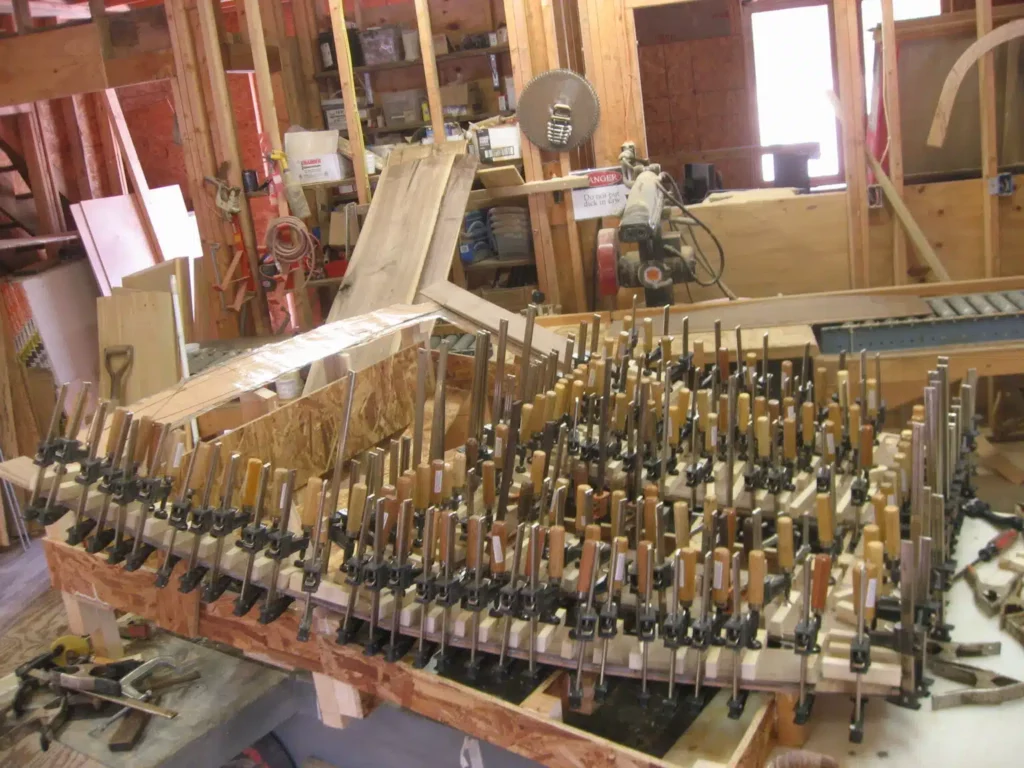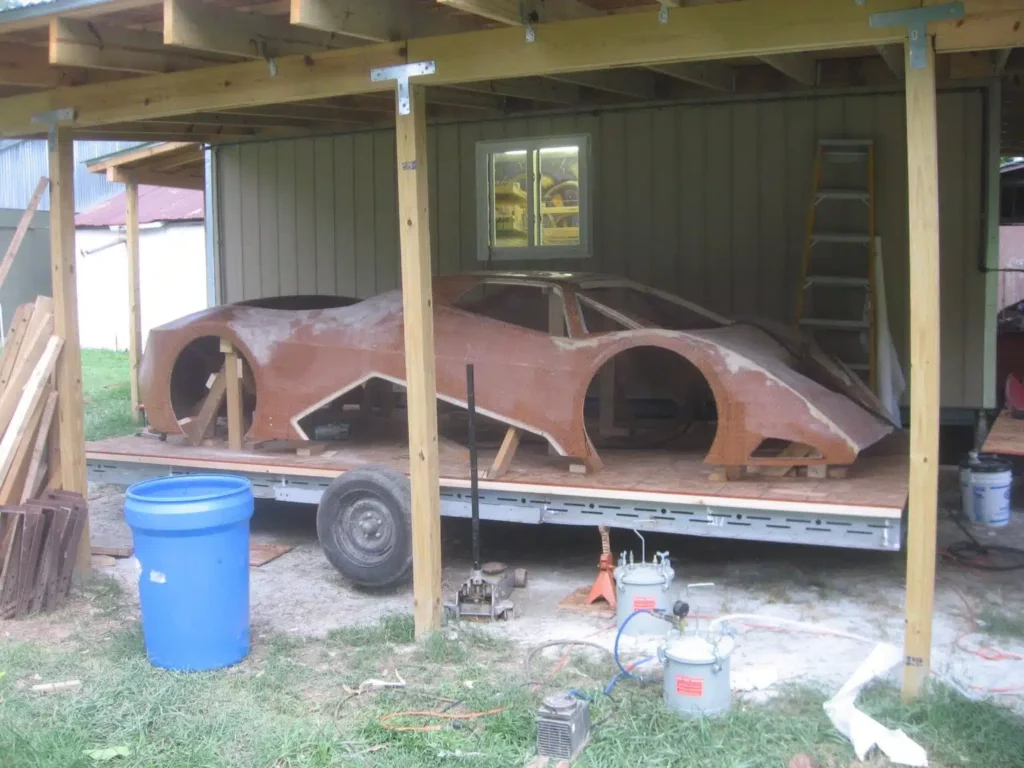In an exciting development in the world of cars, Joe Harmon has unveiled The Splinter, the world’s inaugural supercar crafted entirely from wood. Five years in the making, this remarkable vehicle defies conventional notions of wooden cars. Rather than a rustic wagon, This groundbreaking vehicle has reached speeds of over 321 km/h (200mph) thanks to its powerful Chevrolet LS7 V-8 engine and six-speed manual Corvette transmission, which together generate an impressive 650 horsepower, according to its creator.
Car Design
Splinter represents a big change from car materials like steel and carbon fiber. Harmon chose wood for its strength and lightness, giving Splinter a unique advantage in speed. Its design, inspired by iconic sports cars like Lamborghini, hints at a future where wooden cars could be as fast as traditional ones.

Creator Joe Harmon embarked on a mission to maximize wood’s potential in automotive construction. Every aspect of The Splinter, from its body and chassis to its wheels and interior, features wood. Custom molds were painstakingly crafted for each chassis component, intricately formed, trimmed, and bonded to create the car’s overall structure. To achieve the body’s curvature, strips of veneer were meticulously woven into a cloth, demonstrating the depth of craftsmanship involved.


Except for essential components like the engine and drivetrain, The Splinter is composed almost entirely of wood composites. Even the steering system utilizes multi-piece wooden tie rods fashioned from hickory.
The wheels, custom three-piece forged aluminum rims with laminated wood center sections, comprise over 275 individual wooden pieces each. The supercar boasts a striking profile with 19-inch wheels in the front and 20-inch wheels in the back, lending it an aggressive forward-leaning stance. However, there are challenges to overcome.

Important Details:
- Splinter’s design resembles that of a Lamborghini, adding to its allure.
- Harmon claims that Splinter’s engine can propel it from 0 to 60 mph in just 3.6 seconds, showcasing its impressive acceleration.
- Despite its potential speed, Splinter has only been driven at speeds up to 48 km/h (30 mph) by Harmon, leaving its full capabilities untested.
- Harmon’s dedication to Splinter’s construction is evident, as he spent nearly a decade bringing his vision to life.
- While Splinter has garnered attention, there are currently no plans for mass production or commercialization by Harmon.

Power and Inspiration
Beneath its wooden exterior, The Splinter roars to life with a Chevrolet LS7 engine capable of producing up to 700 horsepower. Harmon’s journey with The Splinter began as a school project during his master’s degree studies in engineering at North Carolina State University. Inspired by the WWII-era de Havilland Mosquito aircraft, known for its wooden construction and blistering speed, Harmon sought to emulate its innovative spirit in automotive design.

Strength in Wood
Despite its wooden composition, The Splinter is no lightweight contender. Measuring 174 inches long and 42 inches high, the car weighs an estimated 1,360kg. Harmon asserts that its wood construction offers a superior strength-to-weight ratio compared to steel and aluminum counterparts, dispelling any notions of fragility.
Challenges and Safety Concerns
Despite Splinter’s speed and Harmon’s confidence, there are doubts about using wood for cars. Preparing the wood for construction is complex and time-consuming, and there are worries about safety, especially the fire risk. Splinter has yet to be tested at high speeds in real-world conditions, adding to the uncertainty.

Interest in New Materials
Despite these challenges, Splinter has caught the attention of car enthusiasts worldwide. Other projects, like a wooden Cybertruck built by a YouTuber, show a growing interest in using different materials for cars. While it’s unclear if wooden cars will become mainstream, these experiments open new car design and engineering possibilities.
For Harmon, building Splinter has been a labor of love that took nearly ten years. Despite its attention, he’s not rushing to mass-produce it or cash in on its success. Instead, Splinter symbolizes what’s possible when innovation meets passion.


Splinter’s story isn’t just about speed and design—it’s about pushing the boundaries of what cars can be. As the automotive industry evolves, projects like Splinter show that there’s still plenty of room for creativity and innovation. Whether wooden cars become the norm or not, Splinter has already left its mark on the world of cars, inspiring others to dream big and think differently.









